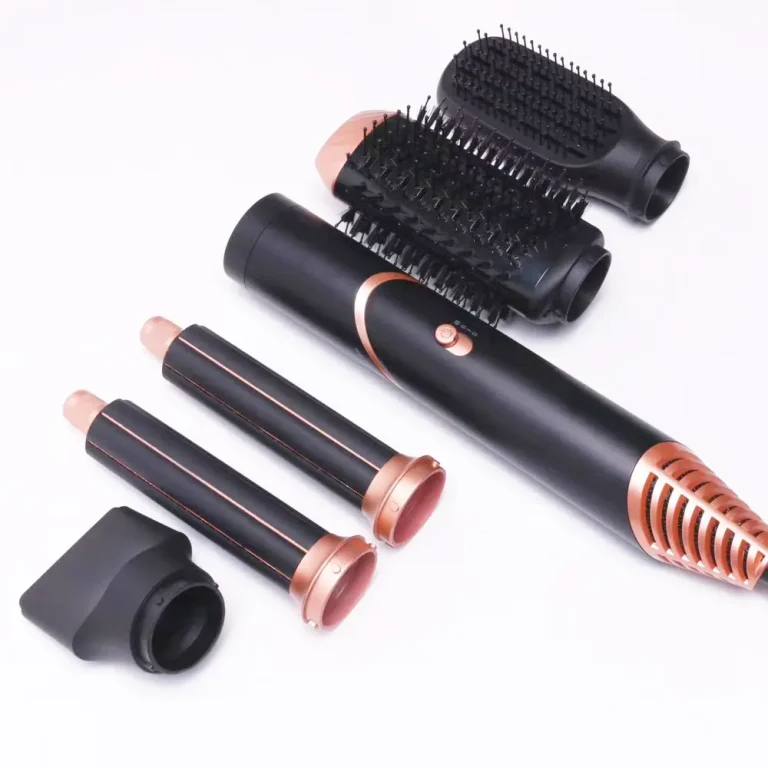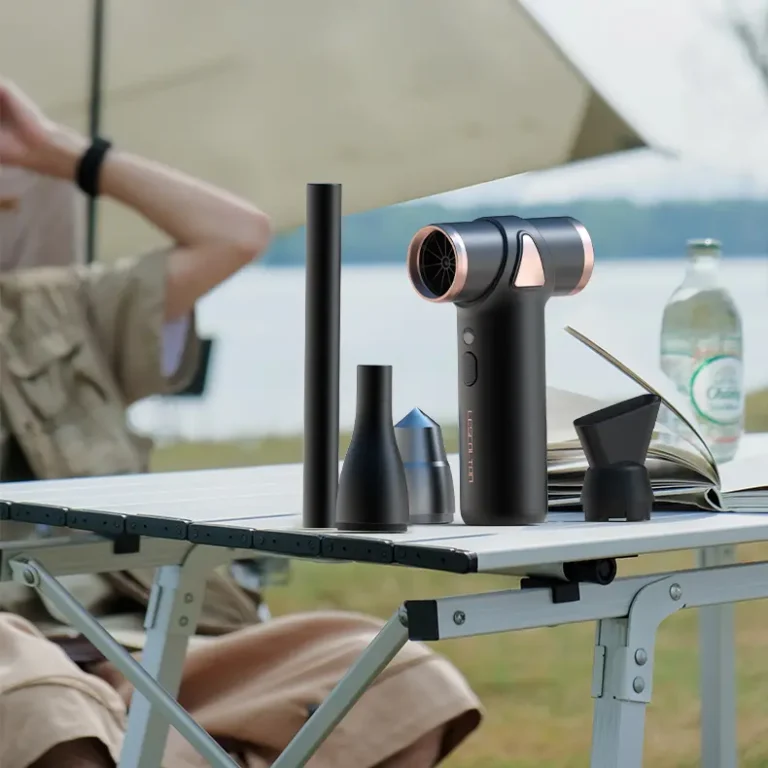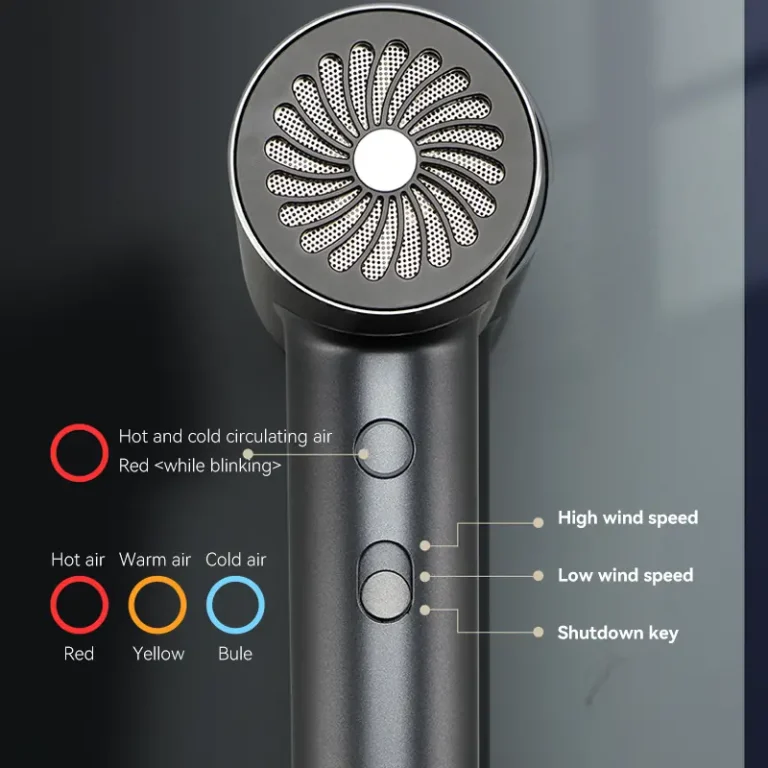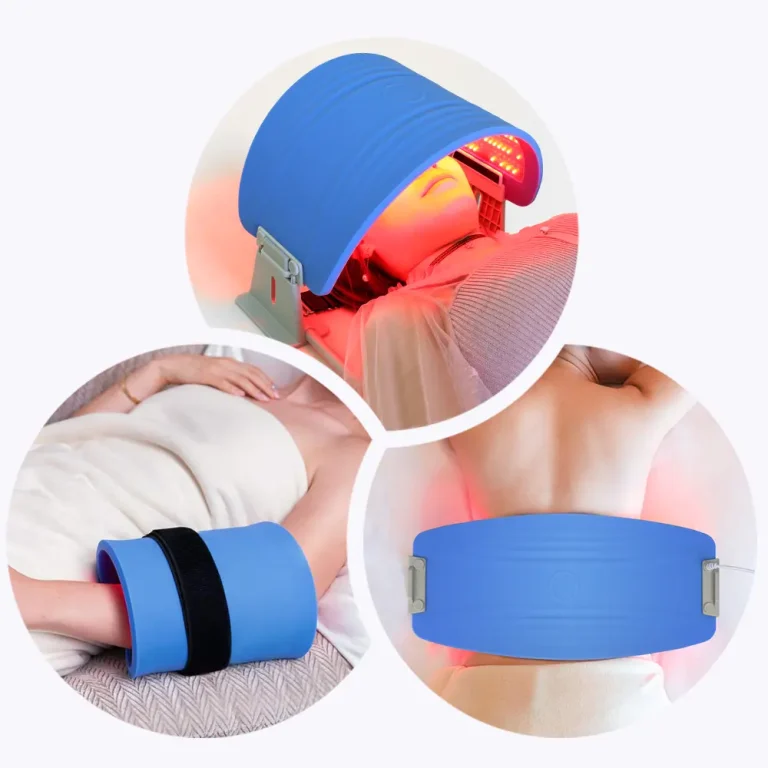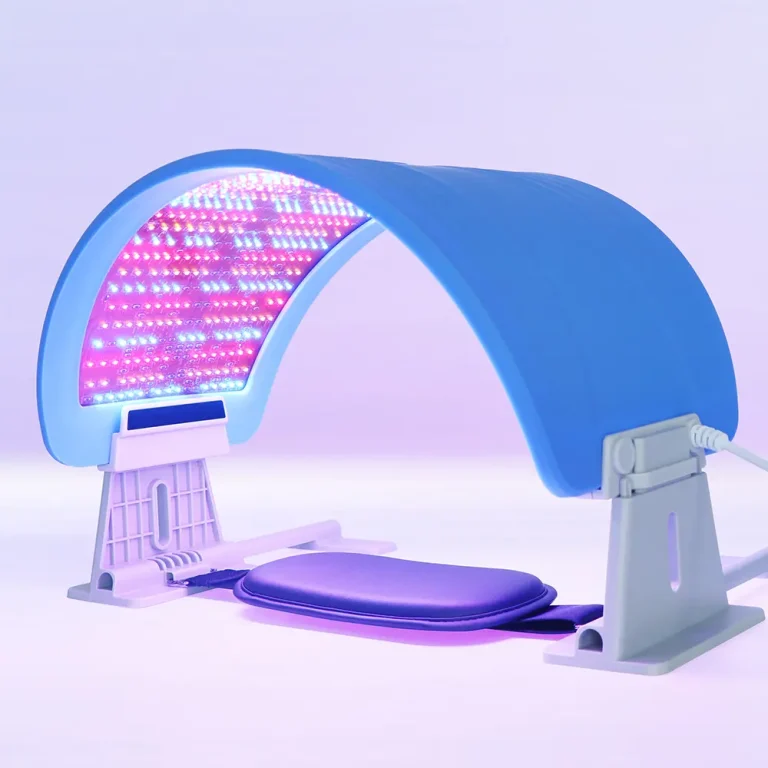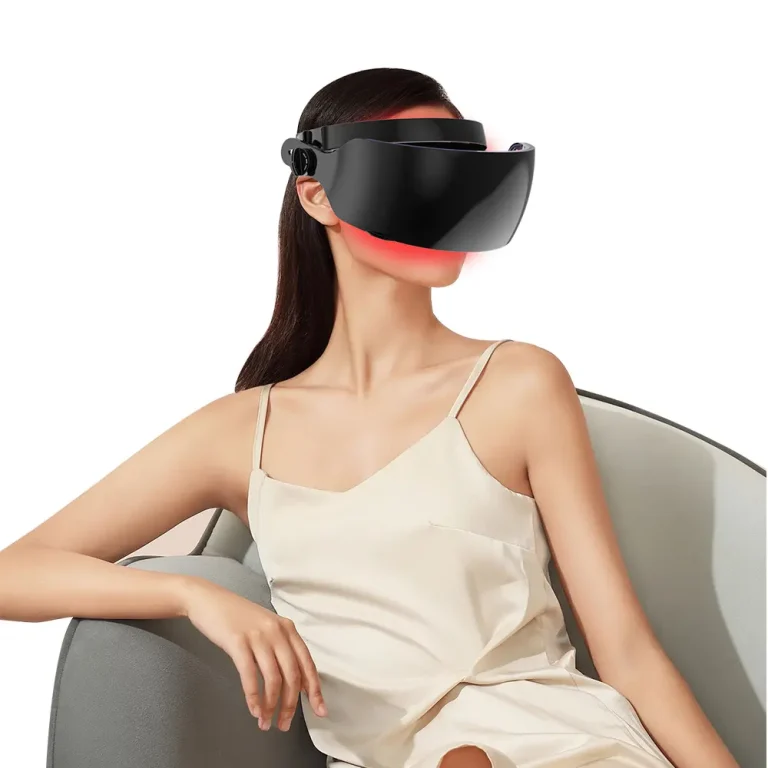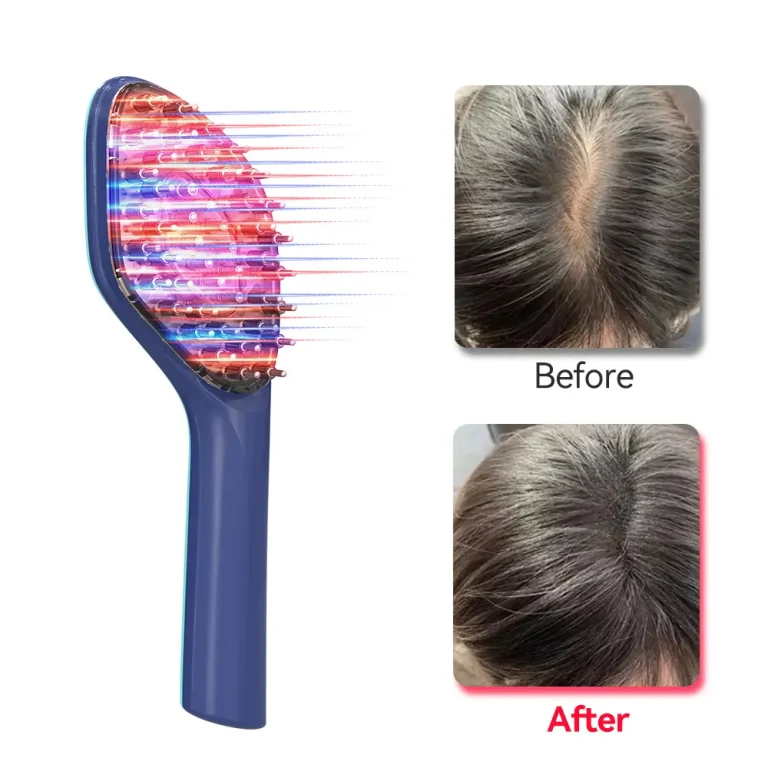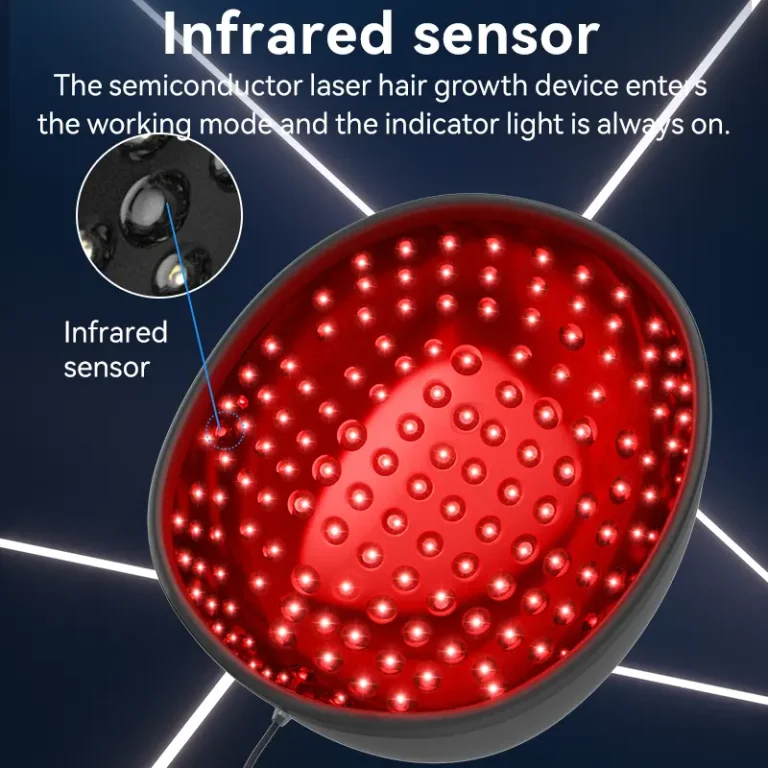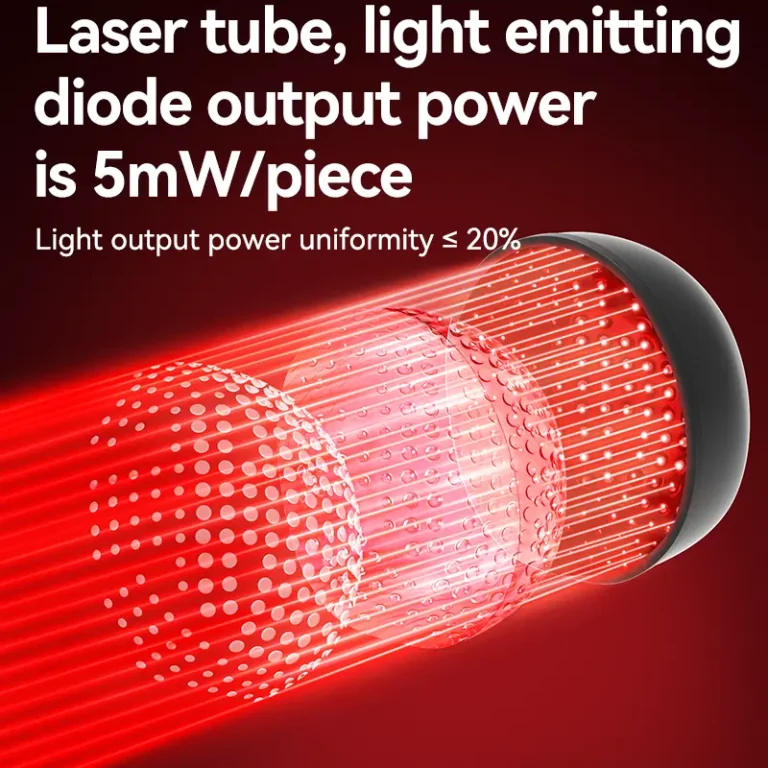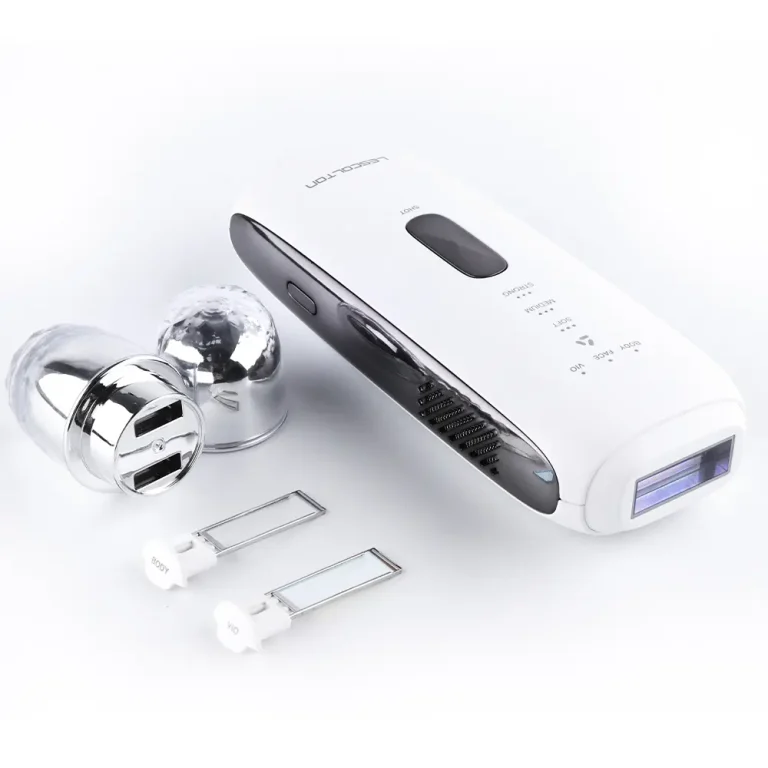Low-Level Laser Therapy (LLLT), also known as photobiomodulation therapy, has revolutionized the field of medical and cosmetic treatments. Its development is a fascinating journey that spans decades of research, experimentation, and technological advancements. Let’s explore how LLLT was developed, from its early beginnings to its current applications across various industries.
The Early Years: Discovery of Photobiomodulation
The roots of LLLT trace back to the 1960s when Hungarian physician Endre Mester made a serendipitous discovery. While conducting experiments on the effects of laser radiation on tumor growth in mice, Mester observed unexpected results. He found that low-power laser light not only did not cause harm but actually stimulated hair growth and wound healing in the irradiated areas.
This groundbreaking observation laid the foundation for further exploration into the therapeutic potential of low-level laser light. Mester’s work sparked interest and curiosity among researchers worldwide, leading to a new era of photobiomodulation research.

Advancements in Understanding and Technology
As researchers delved deeper into the mechanisms behind LLLT, they uncovered its ability to modulate cellular processes at the molecular level. Studies revealed that specific wavelengths of light, particularly in the red and near-infrared spectrum, could penetrate skin and stimulate cellular activity without causing thermal damage.
The development of laser technology also played a pivotal role. Innovations in laser diodes and light-emitting diodes (LEDs) allowed for the creation of compact, portable devices capable of delivering precise doses of light energy to target tissues. These advancements paved the way for the clinical application of LLLT across various medical specialties.
Clinical Applications and Therapeutic Benefits
LLLT found widespread acceptance in the medical community due to its non-invasive nature and minimal side effects. Over the years, researchers and clinicians have explored its therapeutic benefits in diverse fields, including:
- Wound Healing: LLLT accelerates the healing process of wounds, ulcers, and burns by promoting cell proliferation, collagen synthesis, and angiogenesis (formation of new blood vessels).
- Pain Management: LLLT has analgesic (pain-relieving) effects and is used to alleviate chronic pain conditions such as arthritis, fibromyalgia, and neuropathic pain.
- Dermatology: In dermatology, LLLT is employed for skin rejuvenation, acne treatment, scar reduction, and hair restoration.
- Orthopedics: LLLT aids in the management of musculoskeletal injuries, osteoarthritis, tendonitis, and sports-related injuries by reducing inflammation and promoting tissue repair.
- Neurology: Research suggests that LLLT may have neuroprotective effects and could be beneficial in treating neurological disorders like stroke, traumatic brain injury, and peripheral neuropathy.
Expansion into Cosmetic and Hair Restoration Industries
The aesthetic and hair restoration industries embraced LLLT for its ability to enhance skin appearance, stimulate collagen production, and promote hair growth. Laser devices designed for cosmetic purposes, such as laser combs, helmets, and brushes, gained popularity among individuals seeking non-surgical solutions for hair loss and skin rejuvenation.
The development of at-home LLLT devices further democratized access to these treatments, allowing individuals to benefit from the therapeutic effects of low-level laser light in the comfort of their homes.
Ongoing Research and Future Directions
Despite decades of research and clinical use, the exploration of LLLT continues to evolve. Ongoing studies focus on optimizing treatment protocols, investigating new applications, and refining device technologies for enhanced efficacy.
Future directions in LLLT research may include:
- Precision Targeting: Advancements in device design aim to improve the precision and specificity of light delivery to target tissues, maximizing therapeutic benefits.
- Combination Therapies: Researchers are exploring the synergistic effects of combining LLLT with other modalities, such as stem cell therapy, pharmaceuticals, or regenerative medicine techniques.
- Personalized Medicine: Tailoring LLLT treatments based on individual factors such as skin type, genetic predispositions, and disease characteristics may lead to personalized therapeutic approaches with optimized outcomes.
Conclusion: The Legacy of LLLT
The development of Low-Level Laser Therapy represents a remarkable journey of scientific discovery, innovation, and clinical application. From its humble beginnings as a serendipitous finding in a laboratory to its widespread adoption in medical, cosmetic, and hair restoration fields, LLLT has transformed the way we approach healing and aesthetics.
As research and technology continue to advance, the future of LLLT holds promise for further breakthroughs, personalized treatments, and improved patient outcomes. Its legacy as a safe, effective, and non-invasive therapeutic modality underscores its enduring significance in modern healthcare and wellness practices.

